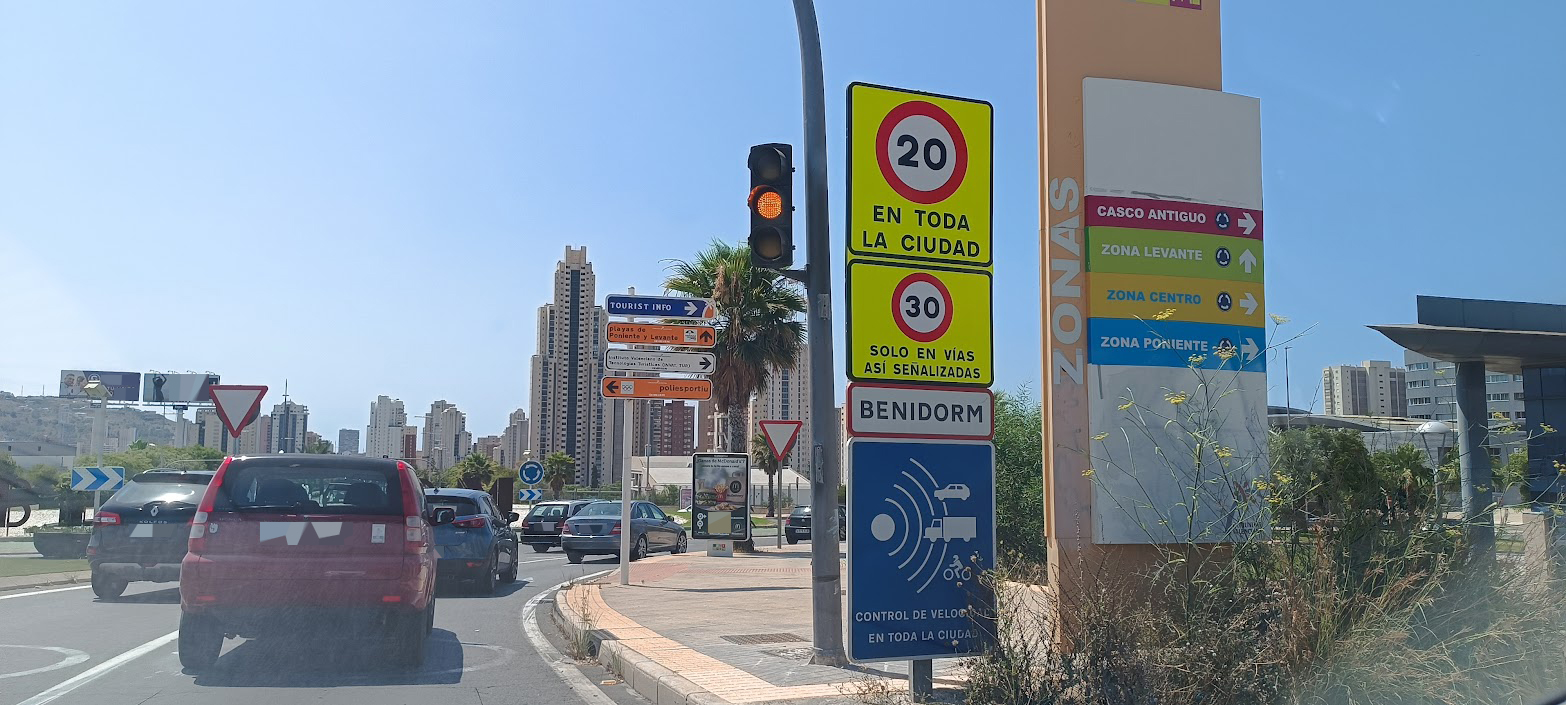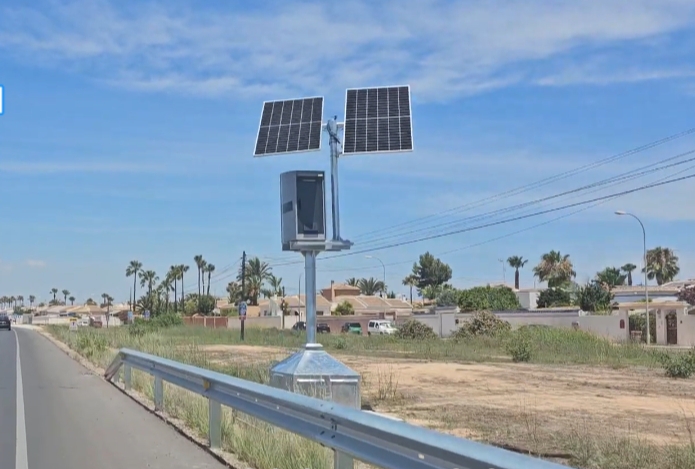Despite some people objecting to their very existence, speed cameras, or radars, have not only evolved to monitor for more than ever before, such as seat belts, and mobile phone use, they are on duty around the clock with a single intention, which is not primarily to issue fines, but rather to make the roads safer by slowing traffic down in previously problematic or dangerous areas.
However, the traditional speed cameras have one fundamental flaw in the intention, in that some drivers only brake when they see the camera, often harshly, risking collisions with vehicles behind and a so-called domino effect, and accelerate again once passed.
The practice is already an offence and can land the driver with a fine for braking at the last minute, because of the risks it presents, but there are now plans afoot to deal with those drivers more harshly, and automatically.
The problem with single speed cameras has already seen more “section” cameras covering the road network. These cameras take a picture as a vehicle enters the section, then another as they exit, and calculates the average speed over the set distance, which is considerably more effective than a single snapper.
Now, the latest solution is to install cameras watching the cameras, or, to be more precise, a radar a short distance away from the actual speed camera which is specifically looking out for those who brake on approach, thus working in a similar way to the section radars, but over a much shorter distance, and therefore able to calculate the braking severity.
The bad news for those who choose to run the gauntlet is that they will now face two separate fines, one for speeding, and the other for dangerous sudden braking.
There is, however, a loophole which will allow you to avoid getting fined by these cameras, an option available to anyone and in any section. The way to avoid getting caught, is to not commit the offence. Take heed of the signs, pay attention to your driving, and stay within the speed limit, driving even slower if the conditions dictate.





Discover more from N332.es - Driving In Spain
Subscribe to get the latest posts sent to your email.

You must be logged in to post a comment.